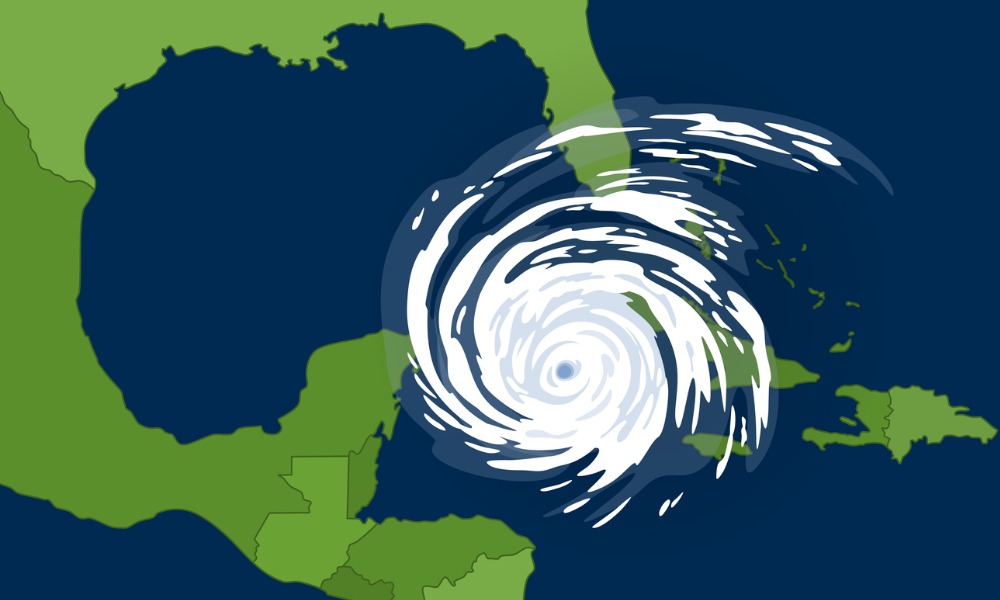Hurricane season 2023 – what will happen?

Hurricane season 2023 – what will happen? | Insurance Business America
Catastrophe & Flood
Hurricane season 2023 – what will happen?
How severe will this storm season be?
Catastrophe & Flood
By
Steven Byerley
The upcoming North Atlantic hurricane season, spanning from June 1 to Nov 30, is predicted to be near-normal, according to a new report from MS Amlin.
The mean forecast anticipates a total of 15 named storms, seven hurricanes, and three major hurricanes. This outlook is based on models indicating that an El Niño-Southern Oscillation (ENSO) positive phase will be in effect during the peak of the season, which typically suppresses hurricane activity.
However, the presence of warmer-than-normal sea surface temperatures is expected to contribute to an increase in overall activity, according to MS Amlin.
ENSO, or the El Niño-Southern Oscillation, is a periodic climate pattern characterized by temperature changes in the eastern and central tropical Pacific. This oscillating pattern can influence weather patterns worldwide, including tropical cyclone activity, through its impact on wind shear.
In the Pacific Basin, an above-average season is forecasted due to the ENSO-positive phase. Projections indicate the occurrence of 22 tropical storms, 12 typhoons, and five intense typhoons in this region.
Florida changes
MS Amlin will be closely monitoring claims in Florida over the next 12 to 18 months. This is in response to significant changes in Florida’s legislature, specifically the elimination of the use of AOB (Assignment of Benefits) in insurance policies starting from Jan. 1st, 2023. This decision was made due to the misuse of AOB in the past.
With this change, Florida becomes the 40th state to no longer allow one-way attorney fee provision for property insurance contracts.
Climate change impacts
Rapid intensification of hurricanes is a phenomenon influenced by various environmental conditions. It requires the hurricane to possess a certain level of organization, low atmospheric wind shear, and warm sea surface temperatures along its storm track. As approximately 90% of the excess heat resulting from man-made climate change is absorbed by the world’s oceans, the increased presence of warm sea surface temperatures has made hurricanes more likely to encounter favorable conditions for rapid intensification.
Climate change and its impact on hurricane frequency and severity are subjects of active research for MS Amlin. The company is engaged in multiple research projects aimed at developing appropriate climate change stress test scenarios and understanding the role climate change has played in historical losses. The latest scientific evidence suggests that tropical cyclones are likely to increase in intensity, cause more rainfall, and generate larger storm surges.
Since 1990, the number of North Atlantic hurricanes has been increasing by 0.6 per decade, while major hurricanes have increased by 0.5 per decade. Additionally, the proportion of storms intensifying to Category 4 or higher has risen by 5% per decade.
In the coming months, major research groups and universities will release updated forecasts for the hurricane season, expected in July/August. If there are any significant changes to the outlook, MS Amlin’s risk analytics team will provide an updated forecast summary.
Have something to say about this story? Let us know in the comments below.
Related Stories
Keep up with the latest news and events
Join our mailing list, it’s free!






